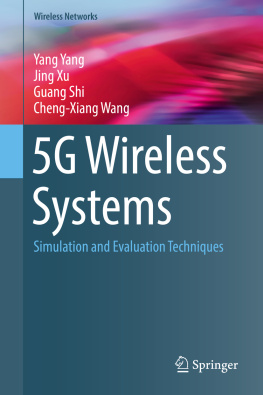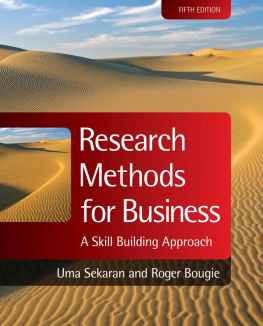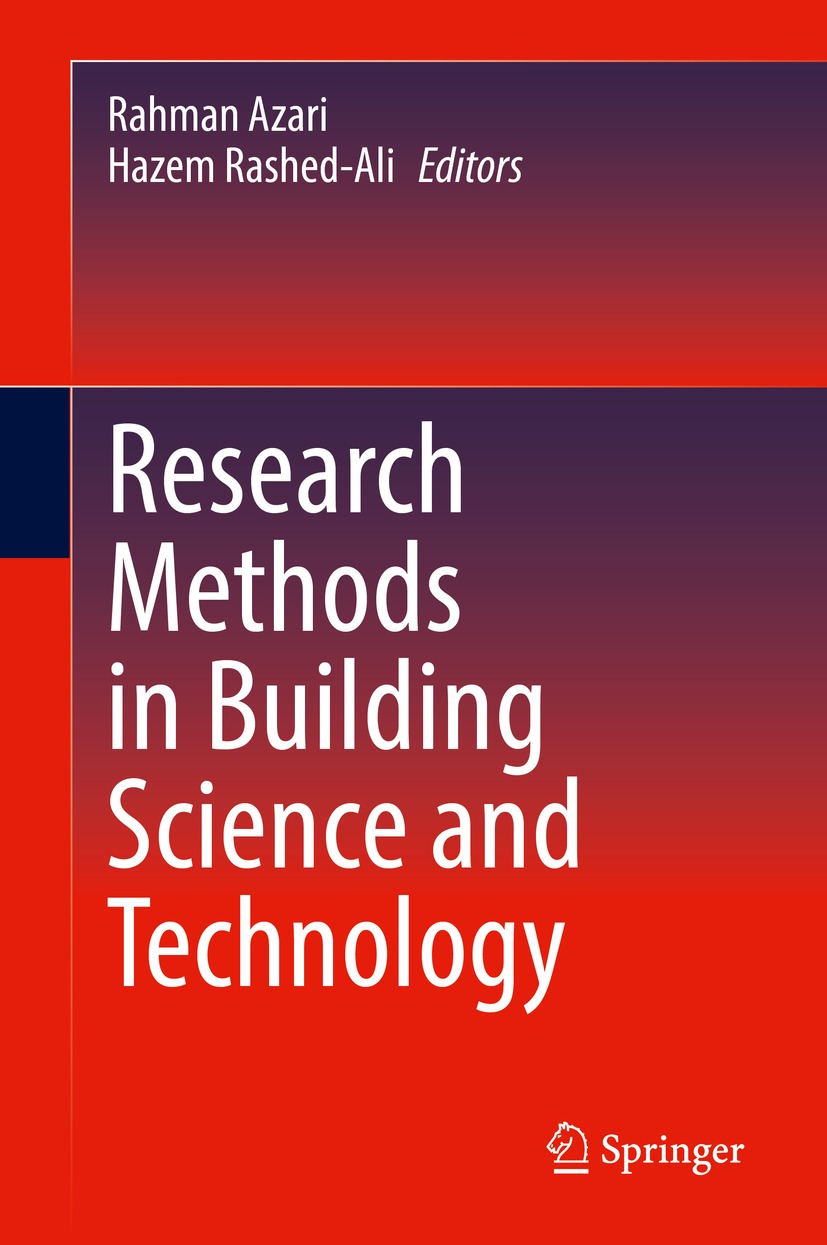Editors
Rahman Azari
The Pennsylvania State University, University Park, PA, USA
Hazem Rashed-Ali
Texas Tech University, Lubbock, TX, USA
ISBN 978-3-030-73691-0 e-ISBN 978-3-030-73692-7
https://doi.org/10.1007/978-3-030-73692-7
The Editor(s) (if applicable) and The Author(s), under exclusive license to Springer Nature Switzerland AG 2021
This work is subject to copyright. All rights are solely and exclusively licensed by the Publisher, whether the whole or part of the material is concerned, specifically the rights of translation, reprinting, reuse of illustrations, recitation, broadcasting, reproduction on microfilms or in any other physical way, and transmission or information storage and retrieval, electronic adaptation, computer software, or by similar or dissimilar methodology now known or hereafter developed.
The use of general descriptive names, registered names, trademarks, service marks, etc. in this publication does not imply, even in the absence of a specific statement, that such names are exempt from the relevant protective laws and regulations and therefore free for general use.
The publisher, the authors and the editors are safe to assume that the advice and information in this book are believed to be true and accurate at the date of publication. Neither the publisher nor the authors or the editors give a warranty, expressed or implied, with respect to the material contained herein or for any errors or omissions that may have been made. The publisher remains neutral with regard to jurisdictional claims in published maps and institutional affiliations.
This Springer imprint is published by the registered company Springer Nature Switzerland AG
The registered company address is: Gewerbestrasse 11, 6330 Cham, Switzerland
Introduction
The development of consistent, reliable, and valid research methodologies is a key component of the development of a strong research culture in any discipline. Designing effective research studies that produce reliable and impactful results also requires a comprehensive understanding of the range of available research methodologies, the strengths and weaknesses of each of those methodologies, and the types of research questions and problems each of them is best suited for. Groat and Wang (2013) argue that research methodology is a study of processes, and distinguish between systems of inquiry, which they define as broad epistemological perspectives such as positivism, structuralism, or post structuralism, and methods and methodologies, which they define as mid-range processes that are common across the entire range of research in a discipline. They further distinguish between strategies or methods, as the appropriate term for those mid-range processes, and between tactics or techniques as the more appropriate terms to describe specific research activities conducted within a certain methodology. While using slightly different terms, Creswell (2014) offers a relatively similar categorization. Creswell, however, identifies three Research Approaches, which he defines as quantitative, qualitative, and mixed methods research. Creswell contends that those research approaches represent: the plan or proposal to conduct research [which] involves the intersection of philosophy, research designs, and specific methods. He then provides a framework for the interaction of these three components which he describes as: philosophical worldviews, research designs, and research methods. These three components correlate well with the three levels of worldview, strategies/methods, and tactics/techniques offered by Groat and Wang. In their book about behavioral research, however, Kerlinger and Lee (1999) define four general ways of knowing: the method of tenacity, the method of authority, the a priori method or the method of intuition, and the method of science. They then argue that research is linked to the method of science, or the scientific approach, and offer a stricter definition of scientific research as: systematic, controlled, empirical, amoral, public and critical investigation of natural phenomena. It is guided by theory and hypothesis about the presumed relations between such phenomena. Kerlinger and Lee, however, go on to identify four types of research: (1) quasi-experimental and N = 1, (2) nonexperimental, (3) laboratory experiments, field experiments, and field studies, and (4) survey research. Those categories still loosely correlate with Groat and Wangs mid-range methods and Creswells research designs.
While there exists a strong body of literature covering both universal and discipline-specific research methods, the literature on architectural research methods is very limited. Groat and Wangs seminal book, Architectural research Methods, is arguably the only book aiming to provide a comprehensive taxonomy of research methods in architecture. Other books which have addressed specific types of architectural research include Brenda Laurels (2003) Design Research: Methods and Perspectives, which focuses on the relationship between research and design in the discipline, and Knight and Ruddicks (2008) Advanced Research Methods in the Built Environment, which offers a general overview of research methods in the built environment. The limited discipline-specific research methods literature in architecture has forced architectural researchers to draw from both universal literature on research methods (e.g., Creswell, 2014; McCuen, 1996; Patten & Newhart, 2018) and the research method literature specific to other disciplines. Examples of discipline-specific literature include those in social and behavioral science (e.g., Kerlinger & Lee, 1999; Sommer & Sommer, 2002; Teddlie & Tashakkori, 2008), urban and regional planning (Ewing & Park, 2020a, b; MacCallum, 2019; Silva et al., 2015), engineering (Tang, 2021; Thiel, 2014), psychology (e.g., Morling, 2018; White, 2019), health (e.g., Jacobson, 2017), and education (e.g., Hoy & Adams, 2016). Architectural researchers also rely on research methodspecific literature which focuses on qualitative, quantitative, or mixed-methods research (e.g., Creswell & Clark, 2018; Hancock et al., 2019; Hennink & Hutter, 2010; Patten, 2015; Tracy, 2013), as well as literature on specific data collections and analysis methods and tools such as surveys, statistical analysis, and GIS modeling, among others (e.g., Fowler, 2014; Kiess & Green, 2019; Steinberg, 2015; Wang, 2006).
While it could be argued that architectural research does draw from the research traditions of other disciplines, and that embracing and adopting research methods from these disciplines can raise the stature of architectural research, Groat and Wang (2013) rightly argue for the need of architecture- specific approaches to research that are more sensitive to the disciplines context, dynamics, and constraints. This need is even more evident with regard to research in building science and technology. While research in these areas does draw from related disciplines such as the sciences and engineering, there is a lack of literature specific to how these types of research methods can be applied within the context of buildings and the built environment. The fast pace of technological change in these areas presents an additional challenge in which the available literature does not capture the fast-evolving state of the art in the methods, tools, and techniques used in these types of studies.

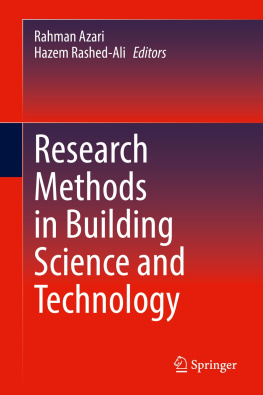

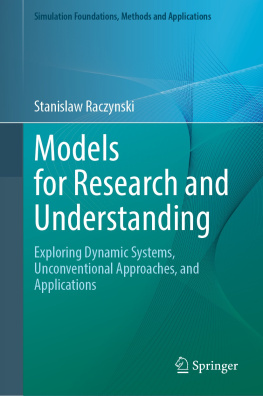
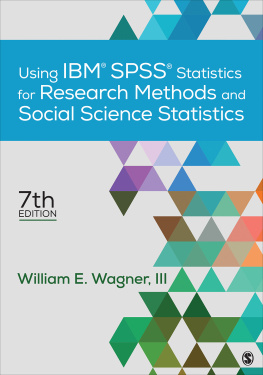

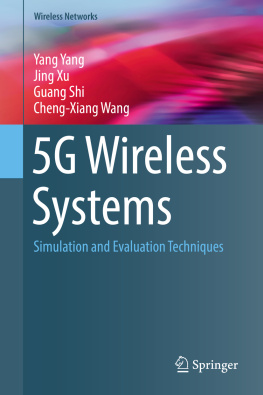
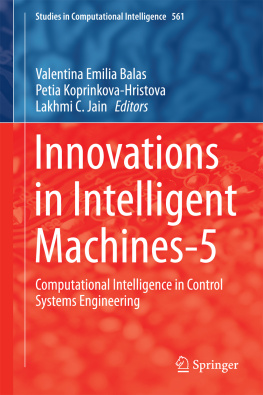
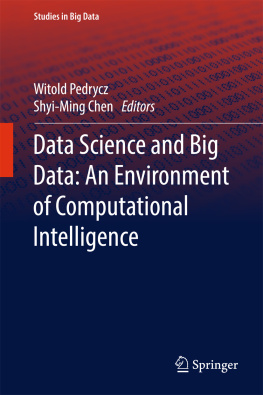
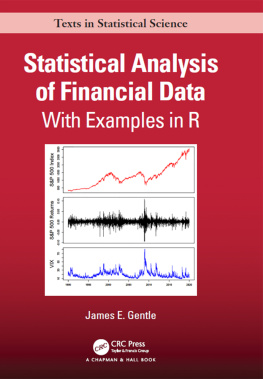
![Matthias Templ [Matthias Templ] - Simulation for Data Science with R](/uploads/posts/book/119614/thumbs/matthias-templ-matthias-templ-simulation-for.jpg)
